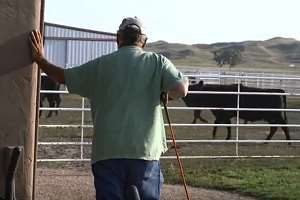Cattle have changed. If your management hasn’t, animal scientist Robbi Pritchard suggests you take a look to be sure it’s still relevant.

Take cattle finish, for example…
“The definition of when cattle are finished is entirely up to us,” Pritchard said. “We’re still learning at how to be better at our business and we don’t quite have all the pieces in play…or all the pieces are in play but we don’t necessarily have them in the right proportion to accomplish all the things we’d like to do. Our pricing structure and some of our traditional management strategies will have to change going forward.”
Smaller-framed cattle, on poorer nutrition, used to need more feed per pound of gain toward the end of the finishing period. Average daily gain would slow as cost-of-gain increased.
“When I started my career, when steers were finished, their intakes would begin to level off or drop and they became very inefficient so it was more profitable to sell them before that happened,” Pritchard said. “Today between the genetic potential for growth of the cattle and the improvement of the management of the cattle, they don’t reach that tailing off point, so our cost-of-gain, even on overly finished cattle, is still cost effective. We need to have a different reason to decide that pen is finished.”
The animal scientist says carcass size might be one of those new reasons.
“The discounts aren’t enough to scare us off on carcass size, but rather than raise the discounts the packer could just say, ‘We don’t need your cattle. They’re too big.’ Not having a place to sell them becomes a big problem,” he remarked.
Click here to see more...